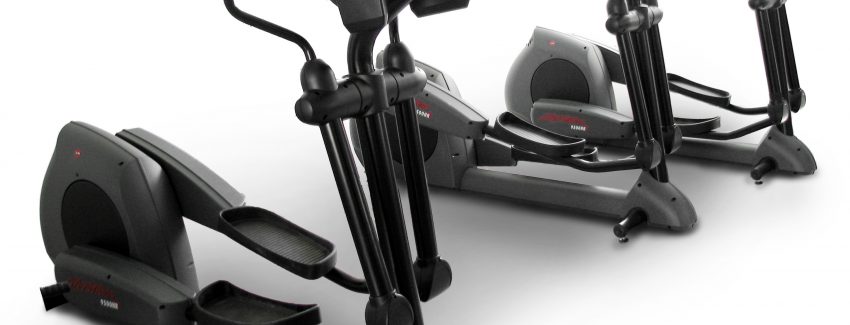Summer is time for outdoor physical activity. Regular physical activity is one of the most reliable ways to boost mood, reduce anxiety, curb depression, improve sleep quality, and increase your sense of self-esteem. It makes you feel better.
Lowering Healthcare Costs with Physical Activity
The benefits of moderate physical activity are well known: lowered risk for heart attack and stroke, reducing weight, and improving self-motivation. Physical activity boosts the immune system and reduces the effect of chronic diseases such as arthritis and heart disease. This reduces the need to use sick days. Less absenteeism means more work gets done. Active employees have fewer injuries. Studies show that when accidents do occur, physically active employees tend to have injuries that heal faster than injuries to inactive employees. Fewer accidents and injuries means less money spent on workers’ compensation claims.
The Myth of the 10,000 Steps
Where does the magic number come from? It’s believed that the concept of 10,000 steps originated in Japan in the run-up to the 1964 Tokyo Olympics, says Catrine Tudor-Locke, an associate professor at the Pennington Biomedical Research Centre at Louisiana State University.
Pedometers became all the rage in the country as Olympic fever swept through Japanese society. “It was a business slogan, like ‘Just Do It’ for Nike, but it resonated with people,” Tudor-Locke says. Since then the 10,000 steps legend has become a commonly-acknowledged goal for daily fitness around the world. It is roughly equivalent to around five miles each day. If you normally walk about 5,000 steps a day, getting in an extra 30-minute, brisk walk into your day would take you to about 8,000 steps. The average U.S. adult walks about 5,900 steps daily.
The Military Origin of Aerobics
You may be surprised that aerobics was created for military training. Aerobics is a form of physical exercise that combines rhythmic aerobic exercise with stretching and strength training routines with the goal of improving all elements of fitness (flexibility, muscular strength, and cardio-vascular fitness). Aerobic literally means “relating to, involving, or requiring free oxygen” and refers to the use of oxygen to adequately meet energy demands during exercise via aerobic metabolism.
Examples of cardiovascular/aerobic exercise are medium to long distance running/jogging, swimming, cycling, and walking. Extensive research on aerobic exercise was conducted in the 1960s on over 5,000 U.S. Air Force personnel by Dr. Kenneth Cooper, an exercise physiologist, and Col. Pauline Potts, a physical therapist, both of the United States Air Force. They were puzzled about why some people with excellent muscular strength were still prone to poor performance at tasks such as long-distance running, swimming, and bicycling. They began measuring systematic human performance using a bicycle ergometer, and began measuring sustained performance in terms of a person’s ability to use oxygen. In 1968, they published Aerobics, which included exercise programs using running, walking, swimming and bicycling. The book came at a time when increasing weakness and inactivity in the general population was causing a perceived need for increased exercise. Aerobics gained world-wide popularity after the release of Jane Fonda’s exercise videos in 1982.
Choose your Moderate Physical Activity
Always remember that you needn’t spend an hour at the gym each day. When you read the word exercise, you may envision runners speeding by on the local track. You needn’t become an athlete. You just have to move, frequently. If you burn an extra 150 calories a day, you can lose an extra pound a month, and make it easier to keep the weight off.
- Wash and wax your car for 45-60 minutes.
- Garden for 30-45 minutes.
- Shoot basketball baskets for 30 minutes.
- Engage in social dancing for 30 minutes.
- Walk 2 miles in 30 minutes (4 miles/hour).
- Swim laps for 20 minutes.
- Play a basketball game for 15-20 minutes.
- Bicycle 4 miles in 15 minutes.
- Run 1 ½ miles in 15 minutes.
- Shovel snow for 15 minutes (hopefully not in the summer).
Nor do you need to get all your activity at one time. If you start a walking program, you can go for 20 minutes three times a day, or even 10 minutes six times a day. Accumulating minutes of physical activity is beneficial for both weight management and health promotion. Another effective approach is to become more active in ways that don’t feel like exercise. Simply increasing “lifestyle activity” is a remarkably effective weight management tool.

